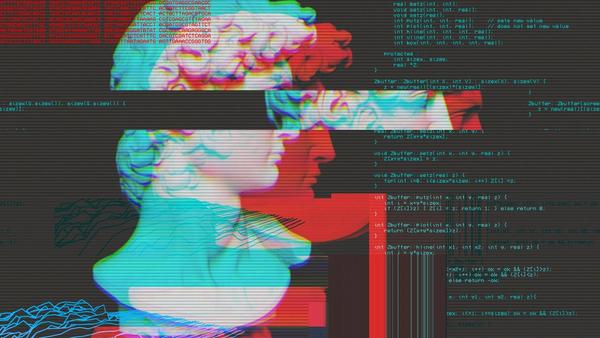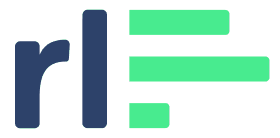How AI Is Altering Jobs, Not Eliminating Them
The state of AI adoption in 2025

Welcome to a new edition of Revelio Labs’ Research Insights.
This edition focuses on Artificial Intelligence—exploring which occupations are the most exposed to AI, who is adopting AI, and how AI is affecting the demand for workers. This paper brings together the research we've conducted at Revelio Labs, offering data-driven insights to help organizations navigate this evolving landscape.

Artificial Intelligence is not just another technological wave—it’s a structural shift in how work gets done, particularly in white-collar jobs. Unlike past innovations that mostly impacted manual labor, generative AI is transforming how tasks are carried out in knowledge-based roles. In this edition, we examine AI’s growing footprint in the labor market—how it’s reshaping both the types of jobs employers are hiring for and the skills that workers are bringing to the table.
As we have shown in a previous newsletter, highly technical roles, such as database administrators, IT specialists, and auditors, are among the most exposed to AI. These roles have a high share of tasks that can be automated or augmented by AI, putting them on the front lines of this transformation. Interestingly, they also tend to be some of the highest-paying jobs. In fact, our analysis found that a 10 percentage point increase in AI exposure is associated with a 25% higher salary.


We also find a strong relationship between AI exposure and AI adoption. The roles most likely to use AI tools, particularly data scientists and other tech roles, are also the roles with the highest AI exposure. In some of these occupations, up to 30% of workers are already using AI in their day-to-day tasks. For those who embrace these tools, the productivity gains can be significant, offering a clear advantage in an increasingly competitive labor market.


Roles with low AI exposure often involve tasks that are difficult to automate, such as manual or interpersonal work, which still require a steady pipeline of human workers. Relative to 2010, demand for these roles has grown more quickly than for high-exposure roles. As AI boosts productivity in more automatable occupations, employers are hiring fewer workers for those positions, signaling a shift in hiring priorities. This trend highlights the need for workforce planning strategies that both rebalance talent pipelines toward less automatable roles and invest in reskilling workers in high-exposure positions.


At the same time, high-exposure roles aren't becoming obsolete. In fact, it is quite the opposite. Our data shows that roles with both high AI exposure and high AI adoption have seen the fastest growth in job postings since 2010. Workers in these roles are using AI to augment their tasks and boost productivity. In contrast, those in high-exposure roles who have not adopted AI tools risk falling behind. As the productivity gap continues to widen, they may eventually be replaced by other workers who can better leverage AI to be more productive.


As AI continues to reshape the labor market, understanding its impact is essential for navigating the future of work. In the full-length report, we dive deeper into how AI is influencing labor demand, worker adoption, and job growth across industries.


